An object associated with someone or something we love can elicit the intangibles of an important relationship: memories of conversations, arguments, gestures of kindness, love, misunderstanding.
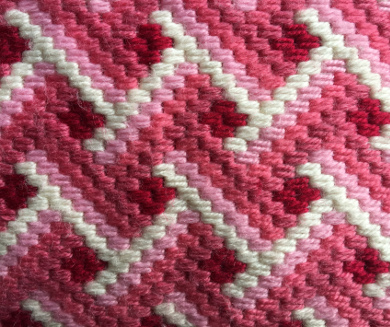
This object can serve as a nexus of the emotional interactions that bind us to people and the environment, restoring stories seemingly long-dissolved by time.
Intangibles arising from objects can re-establish a sense of possibility, of interaction, with people and places whose roles in our world have otherwise ended.
An exObject is the combination of thought and word and image. It gives us the chance to re-frame our present and tell new stories about our possible futures.
An exObject can relate to something real, like a lost key, an inherited watch, a picture, or something in nature appreciated for generations or more recently.
It can be the sharing of reflections on the passing of time, like a regular journey taken down a familiar road, there and back.
Or it can be imagined, something wished for, something we would like to experience.

By looking closely, talking to others and using our imaginations, we have the chance to re-envisage valued people, places, creatures and objects lost but not forgotten.
The act of creating an exObject brings intangibles within reach.
Every exObject piece is hopeful. It could start with a sense of loss, such as a green space where we used to play or sit. Your object can be regret for not spending enough time with family or friends. It can be the yearning for a relationship we never had (or not in the way we wanted it). Loss can feel like a hope we had for the future that is not yet realised, but that is still possible.
exObjects is a web magazine and a book
Eleven writers in England and India came together to create an imaginative piece of writing with an associated photographic image. Now published in the hardback edition of exObjects: the art of holding on, letting go
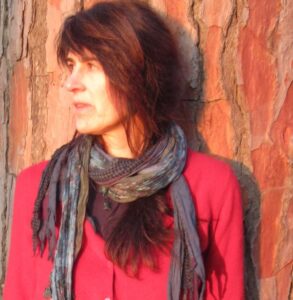
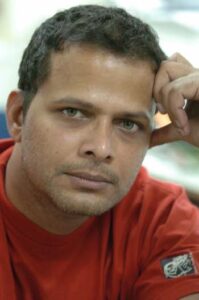
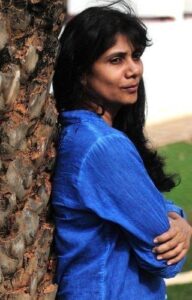
Inspirations for exObjects
Following a Covid infection, Alison Boyle’s mum Jean died on 12th December 2020. In the hours, days, weeks and months that followed, objects surfaced from the range of her 89 years of life…
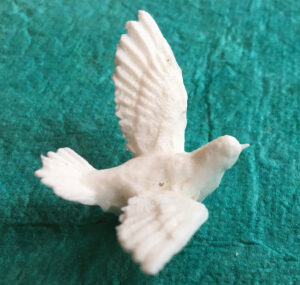
… letters that tentatively initiated decades of being together, blunt Hollywood film reviews with the capacity to dent famous actors and directors alike, and fabric designs inspired by love and a respect for nature.
Jean and Terry Boyle took part in Colours, Community & Chemistry at a Lancashire museum.
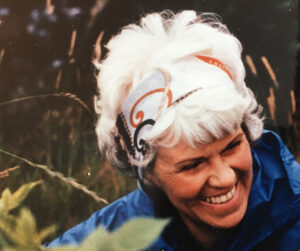
Read the Other lives obituary published in The Guardian 10th February 2021.
Read Terry Boyle’s Other Lives obituary in The Guardian 30th August 2021.

——————————————————————–
Go to the exObjects public collaboration
Join one of our creative no-pressure exObjects workshops
Find out more about what Artificial Silk has made to date